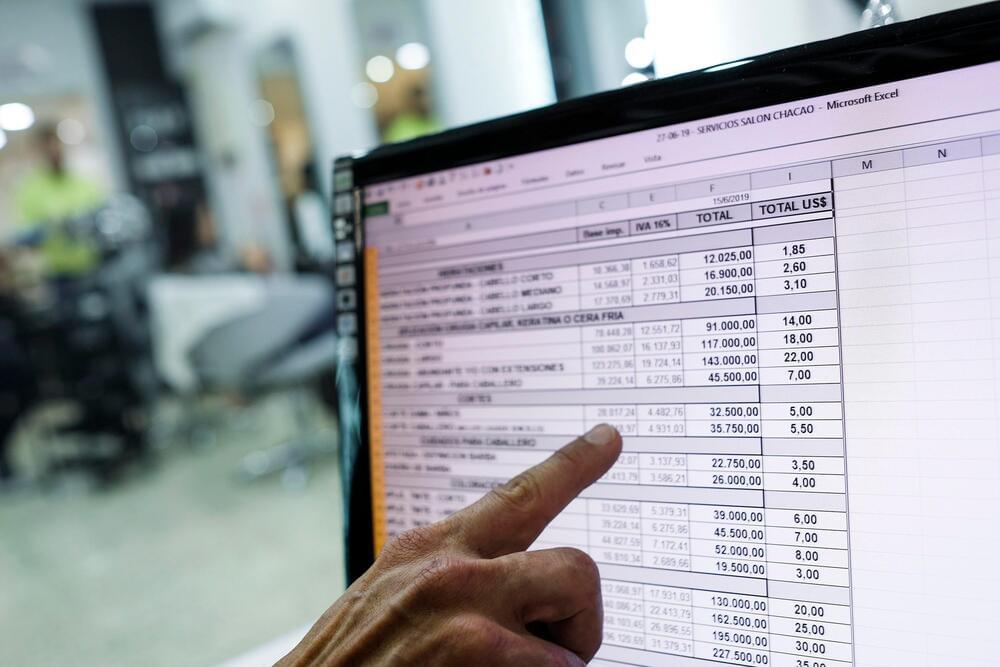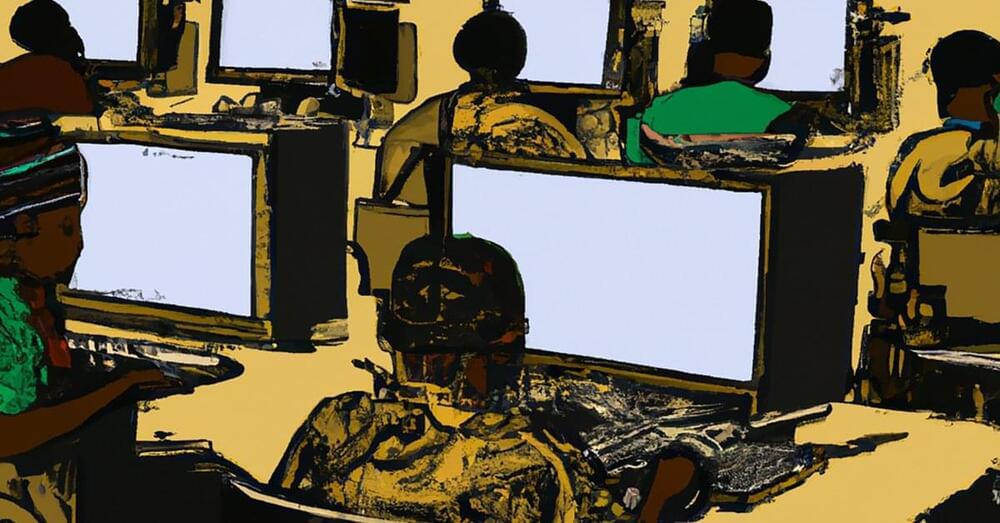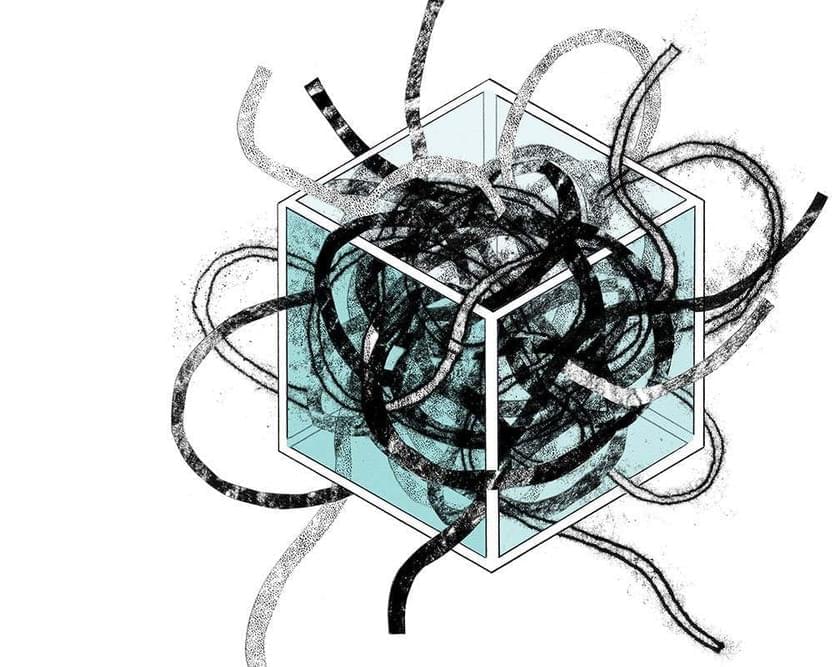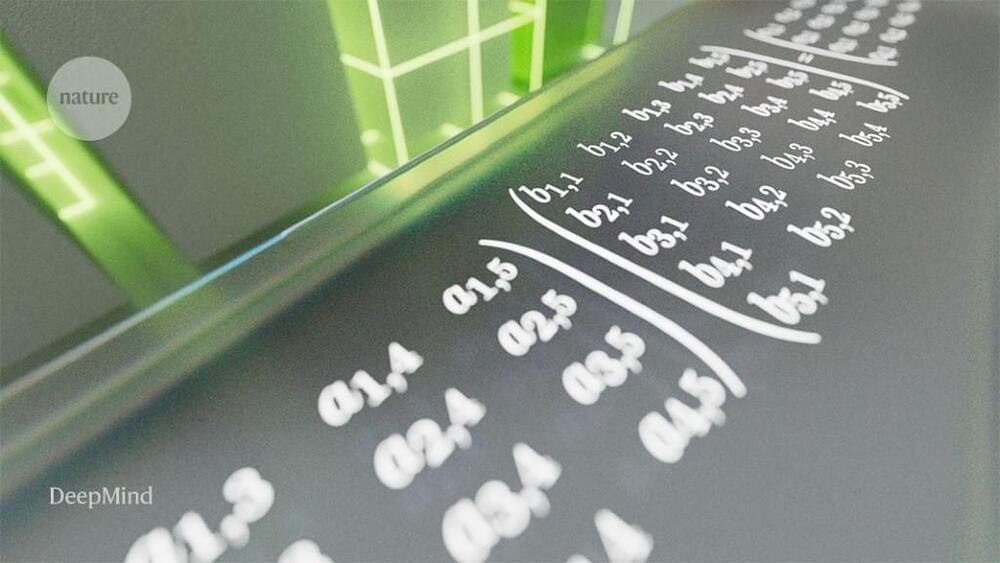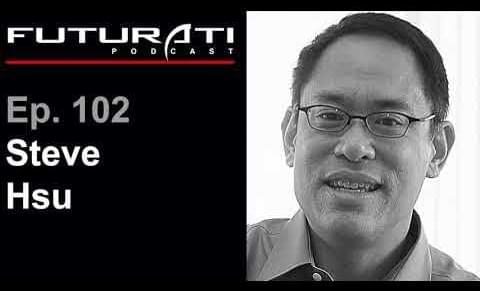Jan 19, 2023
Conversational AI Is Changing How We Deal With Data
Posted by Gemechu Taye in categories: mathematics, robotics/AI
In the world of spreadsheets and data analysis, a new player has emerged to shake up the game. Akkio, the easy-to-use AI company, has launched Chat Data Prep, a revolutionary machine learning platform that allows users to transform data using ordinary conversational language.
Gone are the days of struggling with complicated formulas and formatting commands in Excel. With Akkio’s Chat Data Prep, users can simply type in conversational language to make changes to their spreadsheet data. Leveraging AI and large language models, the platform interprets the user’s requests and makes the necessary changes to the data.
Continue reading “Conversational AI Is Changing How We Deal With Data” »
